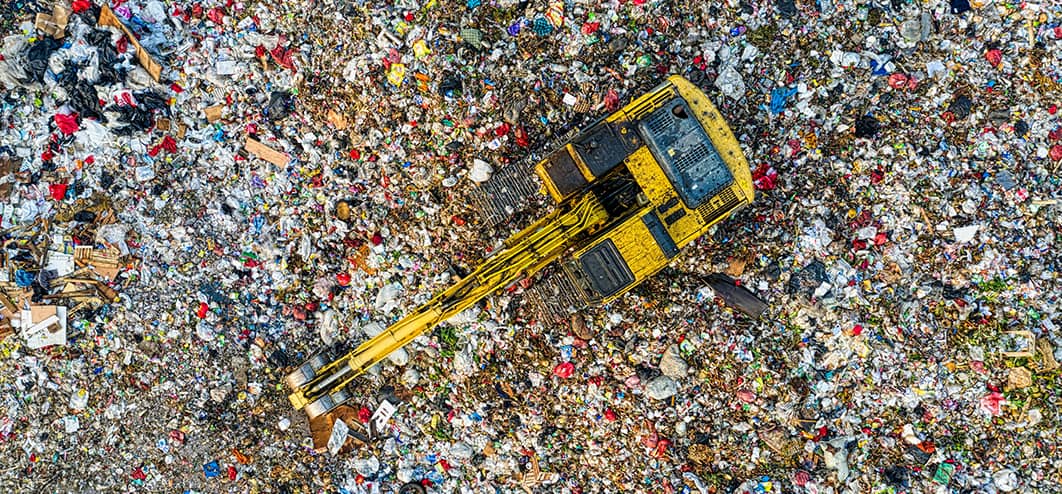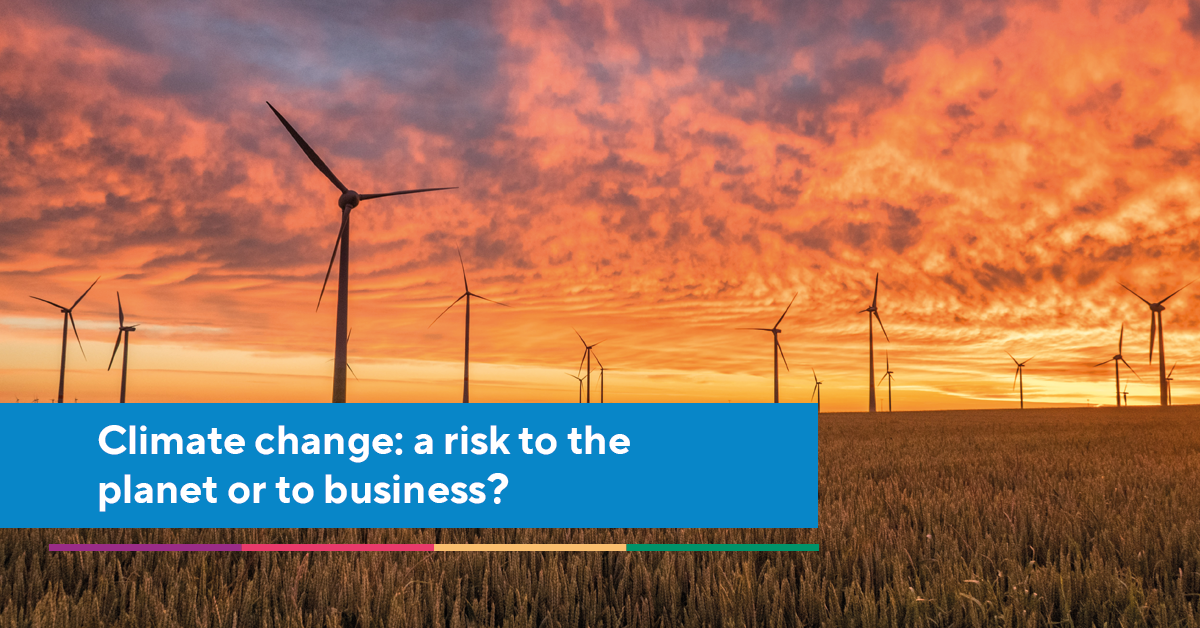The words ‘biodegradable’ and ‘compostable’ are often used interchangeably when it comes to describing products as environmentally friendly or ‘green’, particularly packaging. Understanding the nuances between these definitions has the potential to make or break a brand’s reputation in an increasingly demanding market.
Biodegradable vs compostable
|
Biodegradable |
“able to decay naturally and in a way that is not harmful” |
|
Compostable |
“able to be made into compost” |
What is the difference?
Technically, everything is degradable – it can be broken down biologically or chemically. Many products can also be labelled as biodegradable, as they will eventually break down into smaller and smaller pieces by natural processes, even fossil-fuel derived materials such as plastic. Though depending on the product, this could take anywhere between a few months to a few centuries.
This is where the ambiguity which surrounds the term ‘biodegradable’ becomes problematic and opens doors to greenwash (whether intentional or not).
One of the main differences between a biodegradable product and a compostable product is in the time taken to biodegrade.
Where compostable products and waste differ is in the speed taken to break down, with the process taking approximately 90 days. Compostable products are also able to completely break down into natural, nutrient-rich matter, not just into smaller pieces.
Anything compostable is also biodegradable, but not everything biodegradable is compostable.
What’s the catch?
Both biodegradable and compostable products are both dependent upon temperature, moisture, and light levels.
Landfill limitations
Take traditional plastic (PET) as an example. PET is made with chemicals that bacteria cannot consume and instead, the process of decomposition is through photodegradation – the sun’s UV radiation breaks down the plastic into smaller pieces over many years which are then ingested by organisms in the form of microplastics. However, a lot of our plastic is buried in landfill and without access to sunlight, this process becomes impossible, and we are still presented with the problem of toxic residue being assimilated into the natural environment.
The ’commercially compostable’ coffee cup conviction
Not all compostable items are suitable for composting at home. You may have noticed many coffeehouses now serve your coffee-to-go orders in what are marketed as ‘commercially compostable’ cups. These products require specific conditions such as anaerobic digestion to fully decompose - your home compost bin will not suffice – and require processing in an industrial facility. Due to a common misinterpretation by consumers (and coffeehouse staff) and limited infrastructure for compostable products, these commercially compostable products often hold the same fate as their non-biodegradable counterparts – landfill.
Look out for the “industrially/commercially compostable” logo and its far less common sibling, “OK Compost home” certifications.
Getting compostable packaging right
I recently received an order in the post from a new plant-based food company I was testing out. As well as being excited about the contents of my order, I was also pleased to see that the company had made considerable effort to making their packaging more sustainable using compostable foam to protect their goods – a type of plant-derived foam which was suitable for home composting as well as being fully dissolvable in water.
Intrigued, I researched the packaging supplier online and admired how easily accessible their chemical lab analysis and toxicity reports were on their website. Whilst it stated that the product would “effectively biodegrade in the environment” and be “readily assimilated by soil microorganisms”, I was still shocked to discover the presence of heavy metals, namely arsenic – the accumulation of which can be toxic to both humans and wildlife. Although it was only a small amount, it soon becomes problematic if everyone starts washing arsenic down their drains or mixing it into their garden compost. Bizarrely, the packaging company also encouraged consumers to burn the foam – not really the most environmentally-friendly means of disposal.
This reiterates the need for brands to take responsibility for the entire lifecycle and potential environmental impact of their products and packaging.
Making this sustainability initiative more achievable
A more comprehensive understanding of a product’s degradation potential running through a brand’s entire value chain (and marketing departments) is essential to demonstrating responsibility and accountability and eliminating greenwash.
With ever-increasing pressure and demands for transparency, effective supplier collaboration plays an integral role in every brand’s journey towards gaining insight into the lifecycle of their products. For brands to be able to convey accurate information about a product’s degradability, they first need to understand how ready and capable their suppliers are to be able to provide this information. Some suppliers might already offer more sustainable packaging solutions and have made commitments to their other customers, which brands could leverage. Others may not even a packaging technologist on their staff.
Segmenting your supply base by maturity will enable you to start making realistic targets and hold suppliers accountable. Tailor your communications to each segment and promote only the most relevant webinars and educational content based on supplier readiness and capability.
Get your suppliers involved - maybe start by sharing this blog.




